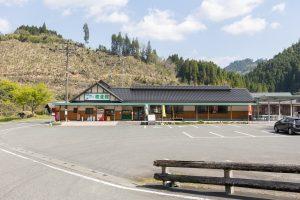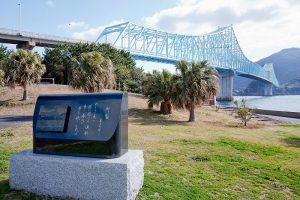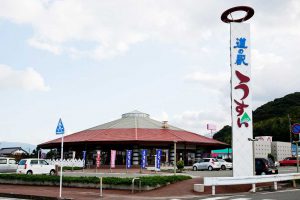Roadside Station Sabi
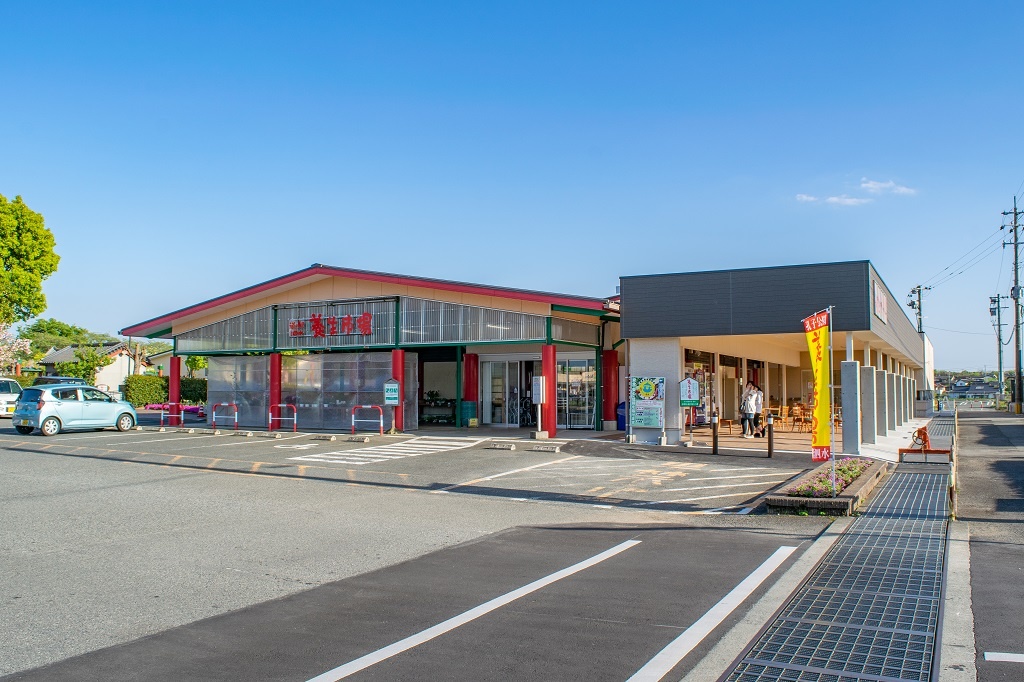
Index
If you are looking for a roadside bento, this is the place to go!
The variety is abundant and the taste is superb!
The name of the product hall "Yosei Ichiba" comes from its focus on safe, secure, and healthy morning-picked vegetables and its aim of "shin-do-fuji. In particular, Sabi rice and local yosei miso (fermented soybean paste) are completely pesticide-free, organically grown, additive-free, and other safe and secure foods. The station's greatest pride is the wide variety of bento boxed lunches and their reasonable prices, ranging from 350 to 700 yen. Every spring, the station holds a lunch box lunch box vendor's meeting to introduce their newest products. As a result, the station boasts the highest popularity and sales among the many roadside stations in Kyushu. In addition, cafe zakka bb 2nd will open as a new tenant when the station is renovated in 2021. It offers daily lunch specials using local vegetables and rice.
Roadside Station Sachemi Basic Information
| Location | 3393 Toyosui, Sabimizu-cho, Kikuchi-shi, Kumamoto |
|---|---|
| Phone number | 0968-38-6100 |
| Business Hours | 9:00-18:00 |
| Access | 30 minutes from Kumamoto IC or Ueki IC of Kyushu Expressway |
| Official HP | https://www.shisui-youjou.com/ |
Map of Sachemi Roadside Station
Roadside Station Sachemi Gourmet Information
This is a roadside eki-ben.

Along with "Michi no Eki Buzen Okoshikake" in Fukuoka Prefecture, "Michi no Eki Shisui" boasts the top class in sales of roadside bento in Kyushu. The station staff, local processing groups, and bento vendors are enthusiastic about their new bento products, which are introduced every spring and sell more than 200,000 servings annually. The Kikuchi area is originally a rice-producing region. There is no shortage of side dishes to go with the delicious rice. There are always more than 20 types of bento available, including standard Japanese-style bento such as omelet, boiled rice, and sauteed vegetables, chirashizushi bento, Western-style bento, and Chinese bento, which change depending on the season. Sandwiches are also available for bread-eaters. Prices range from 310 yen to 700 yen.
Around Sachemi Roadside Station
Confucius Park
I'm proud of this one too.
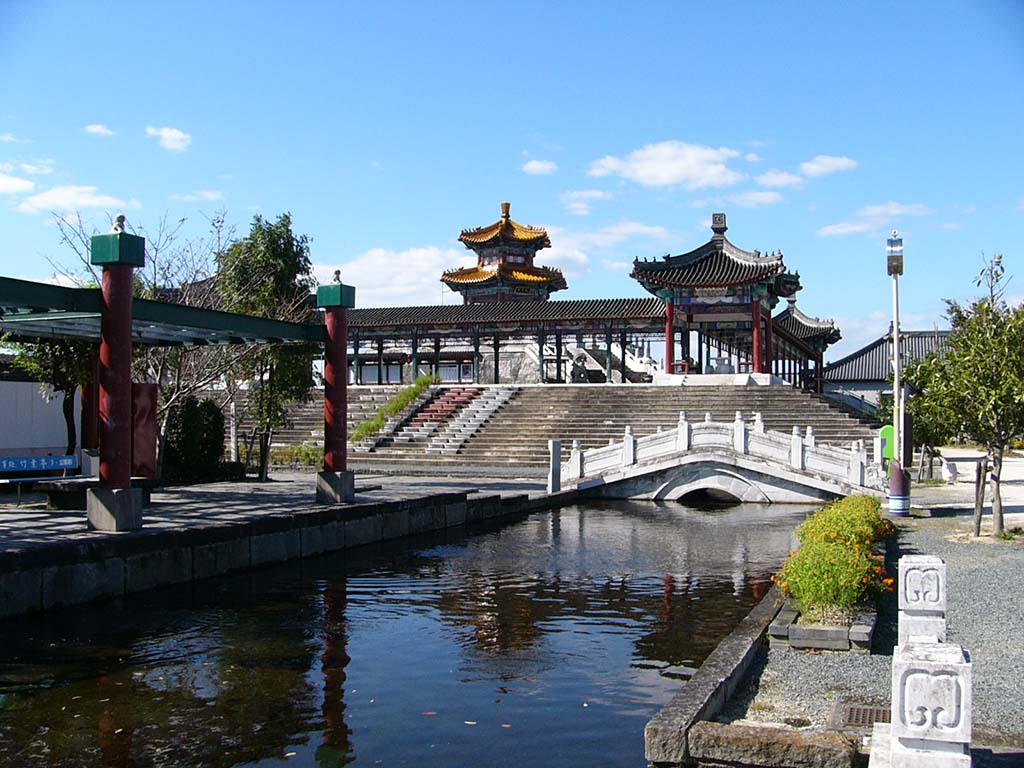
The town's name "Sabi" is said to be derived from Sabi, the hometown of Confucius, in Shandong Province, China. Why "Confucius"? You may wonder why "Confucius"? In fact, when "Sabi Village" was established in the Meiji era, four tributaries of the Goshi River flowing through the area joined together, and as it was a village in Goshi County, it was named by combining "Goshi" and "Confucius".... Although this is a bit unreasonable, Sabi is the hometown of Confucius, and there is a park behind the station. There is a Chinese-style pavilion, which is said to be a pure reproduction of traditional Chinese cultural architecture. Why not spread out your lunch bought at the station here?
Kikuchi Valley
If you want to have fun in the area
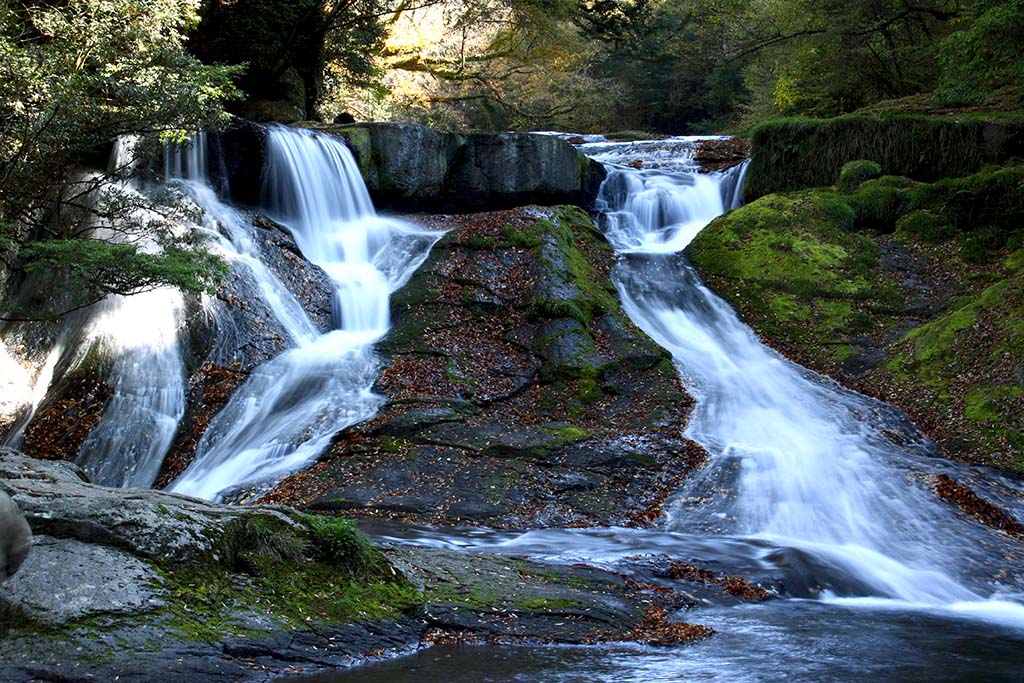
Like "Michi no Eki Nanagi Melon Dome," Kikuchi Canyon is within a short distance from this station. This is the Kumamoto Natural Recreation Forest, selected as one of the 100 best forests for forest bathing in Japan, one of the 100 best waters in Japan, and one of the 100 best waterfalls in Japan, among others. The valley is covered with dense natural broad-leaved trees, and its clear streams create various sizes of rapids, fissures, and waterfalls, where the beautiful nature heals people's hearts.
| Official Site | https://kikuchikeikoku.com/ |
|---|

